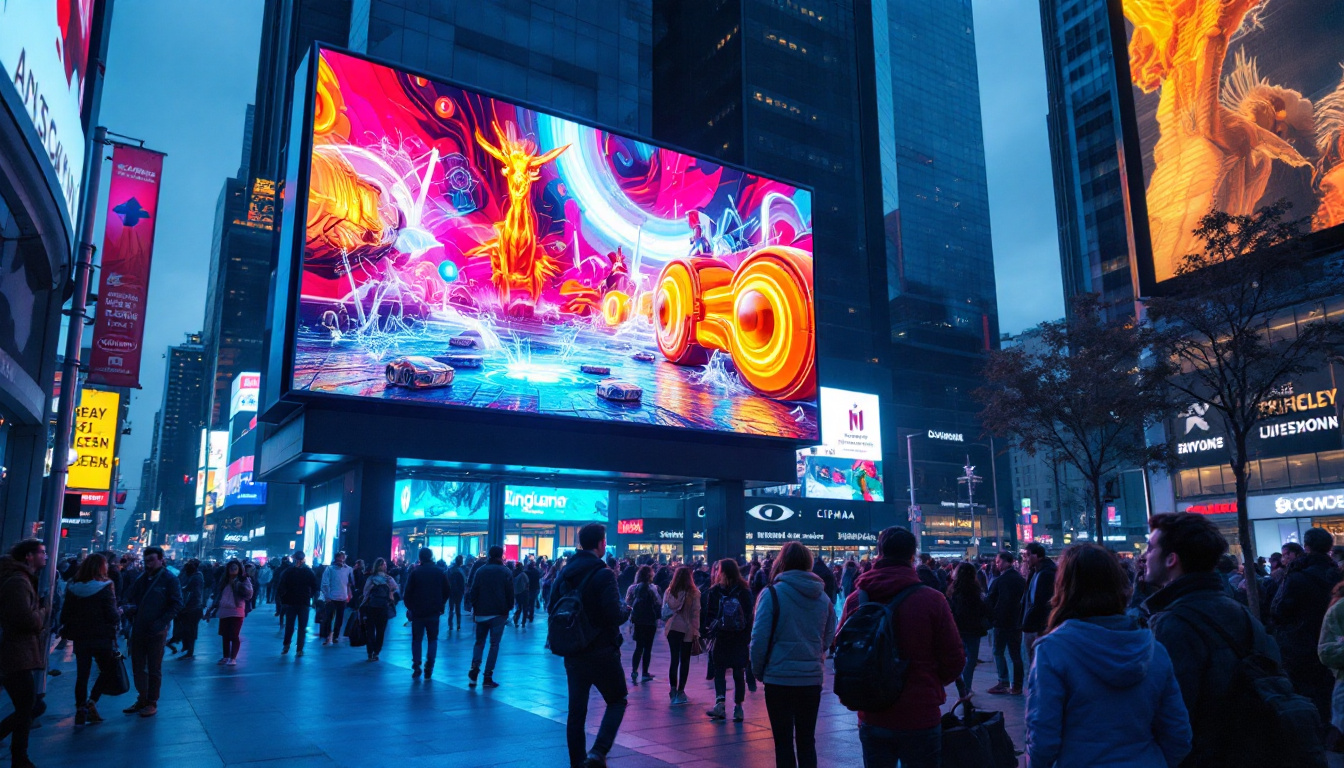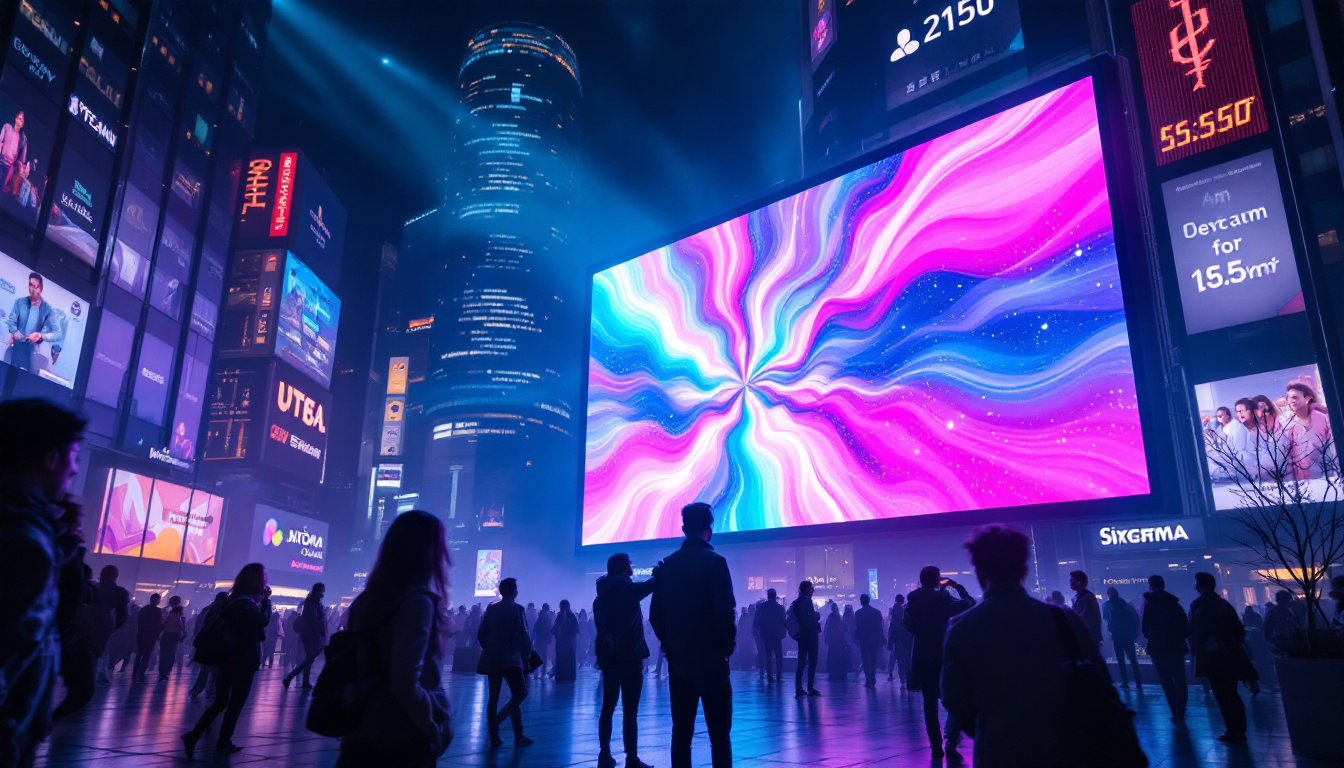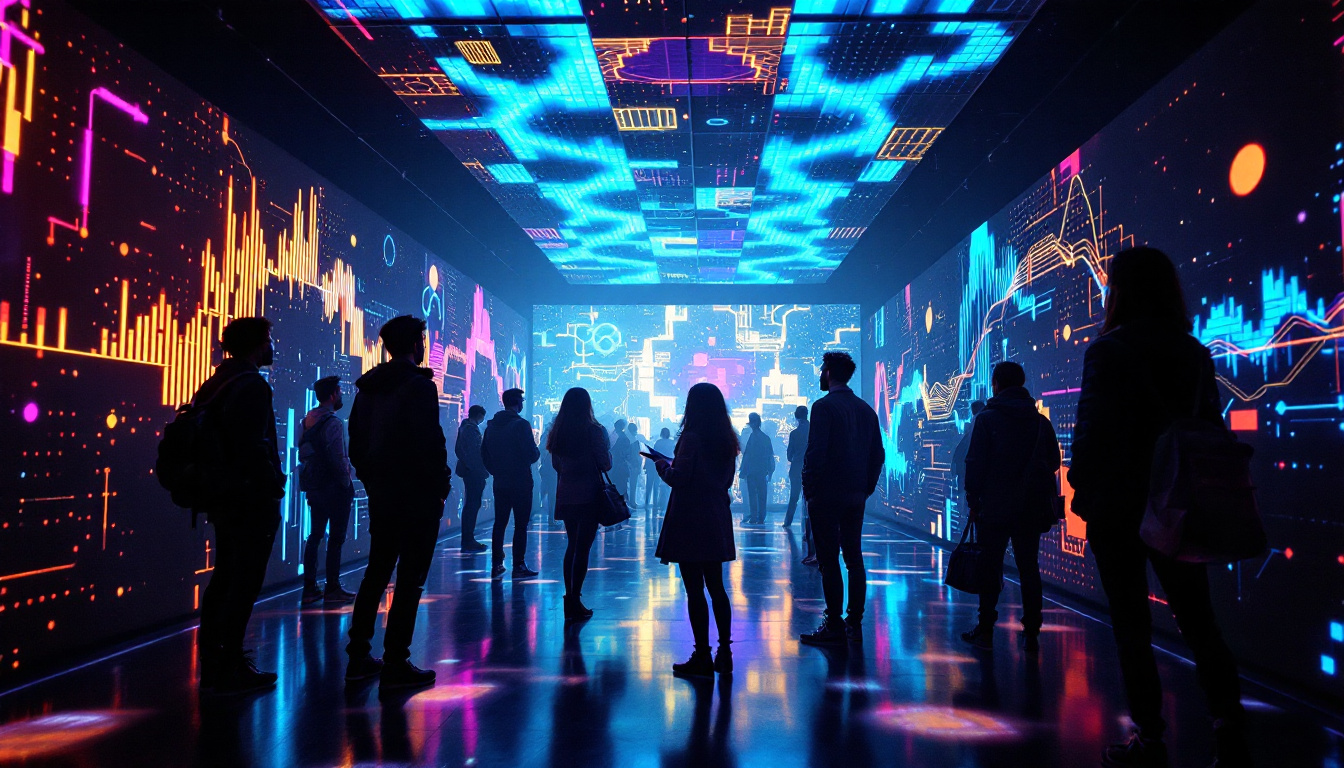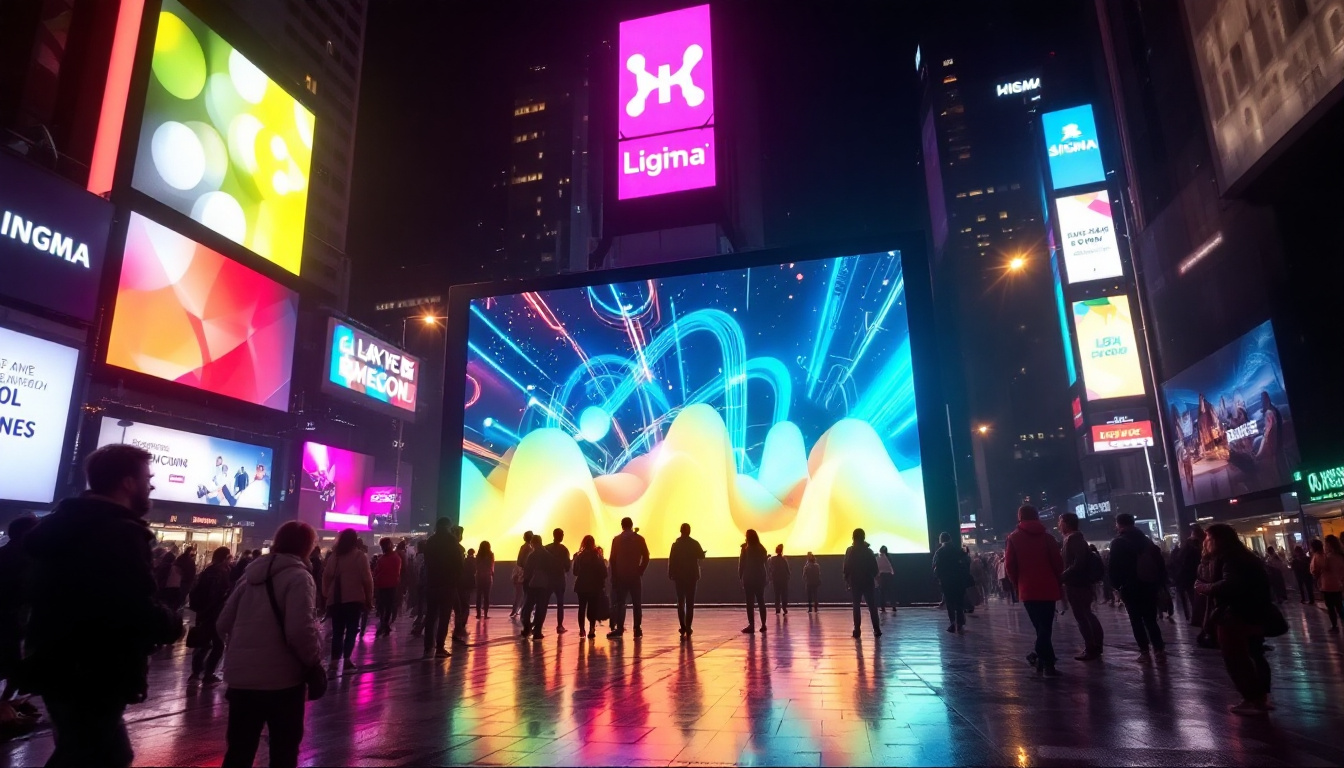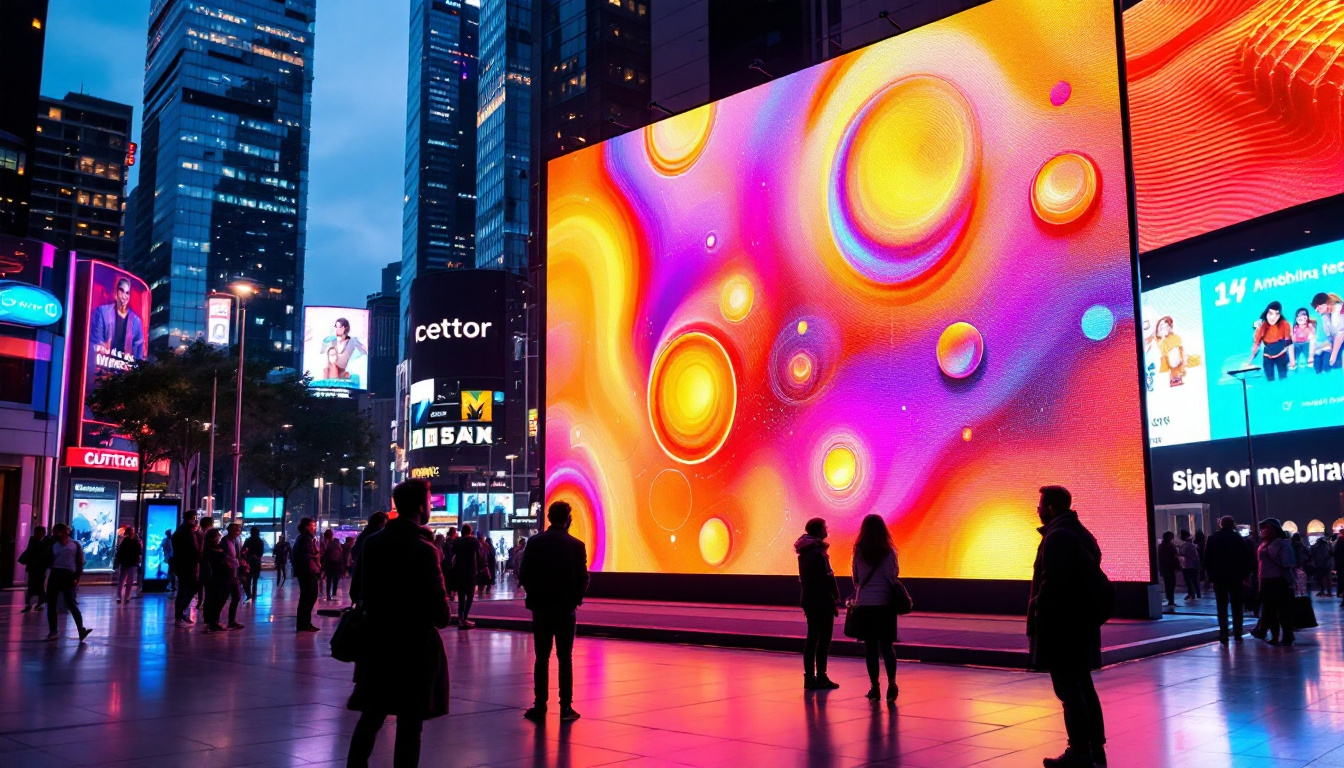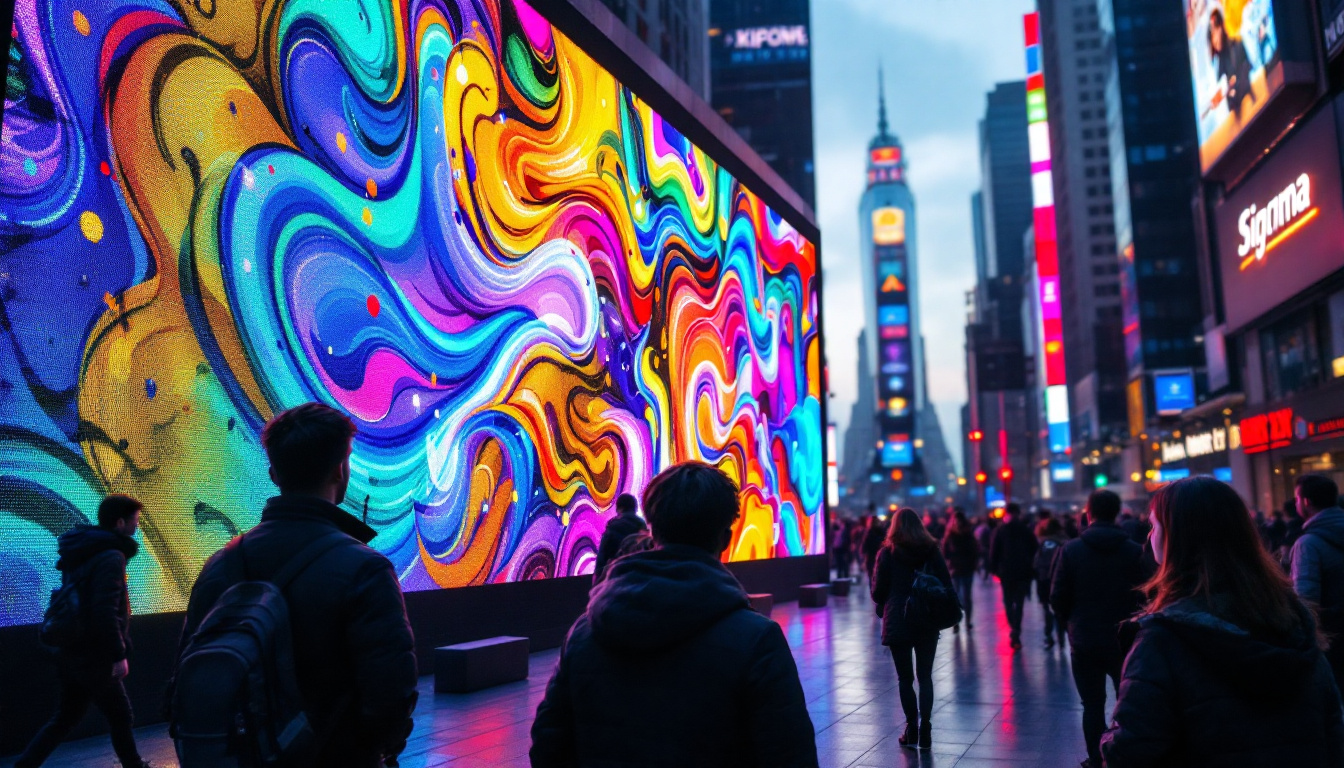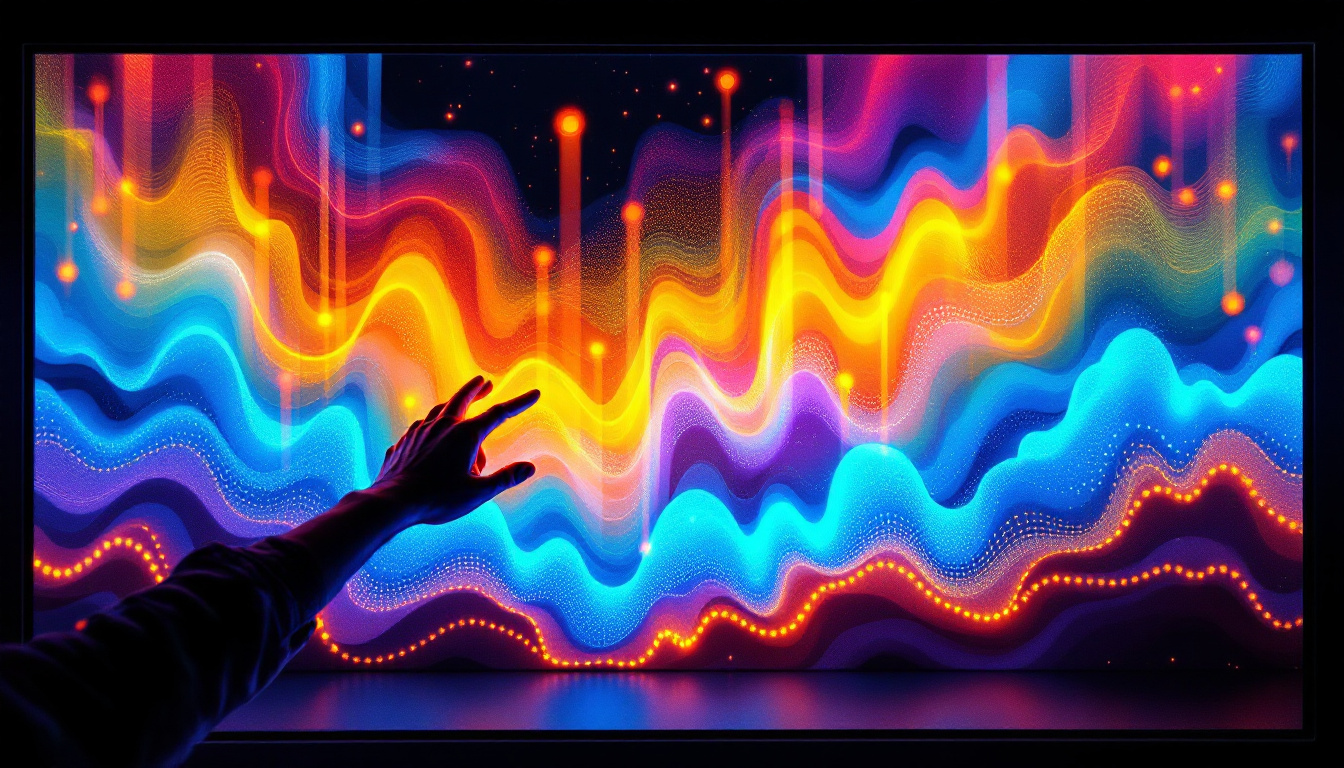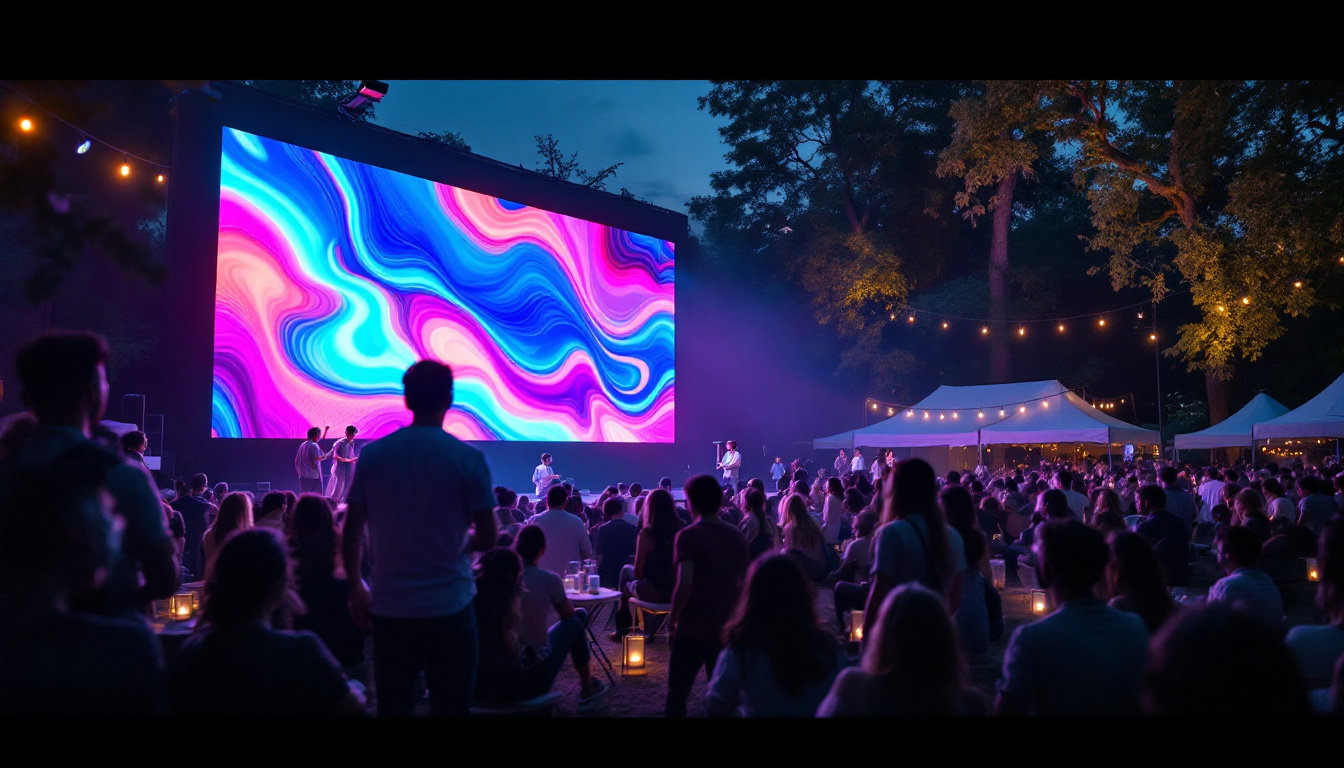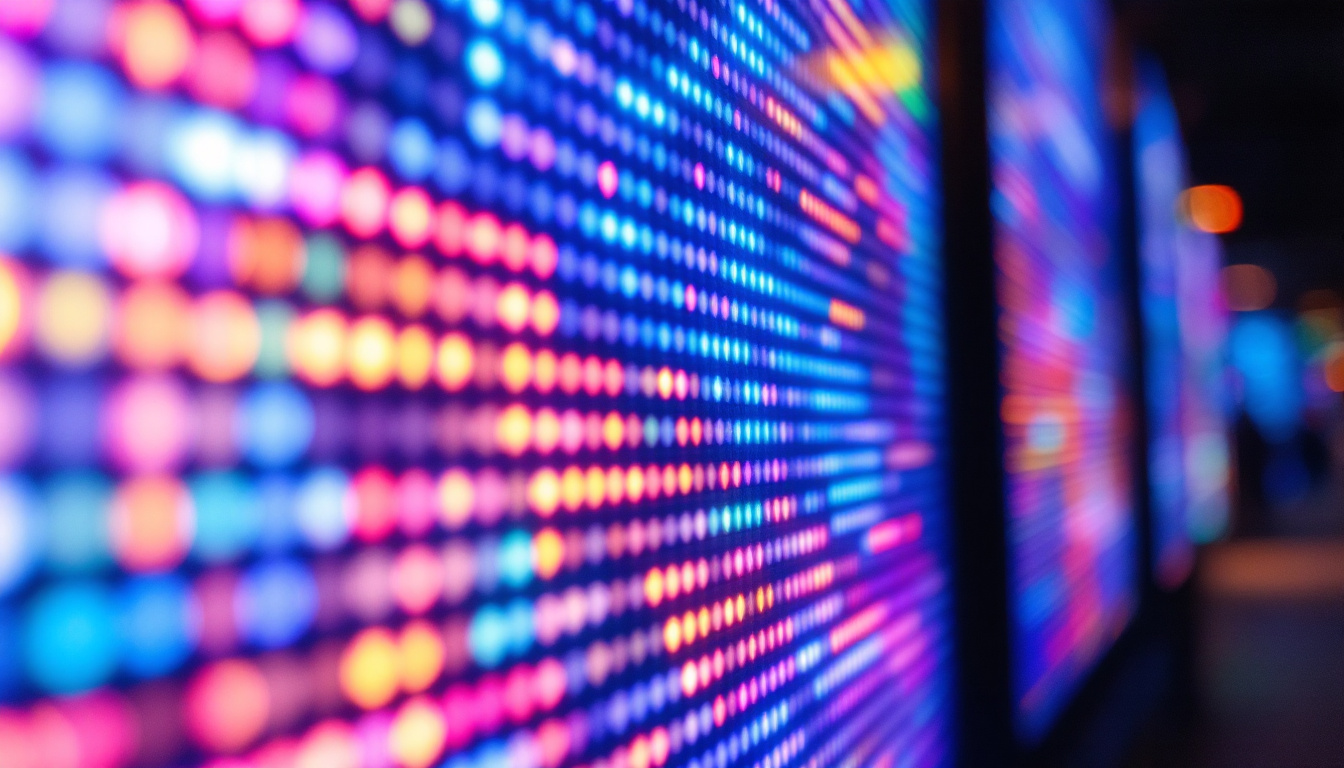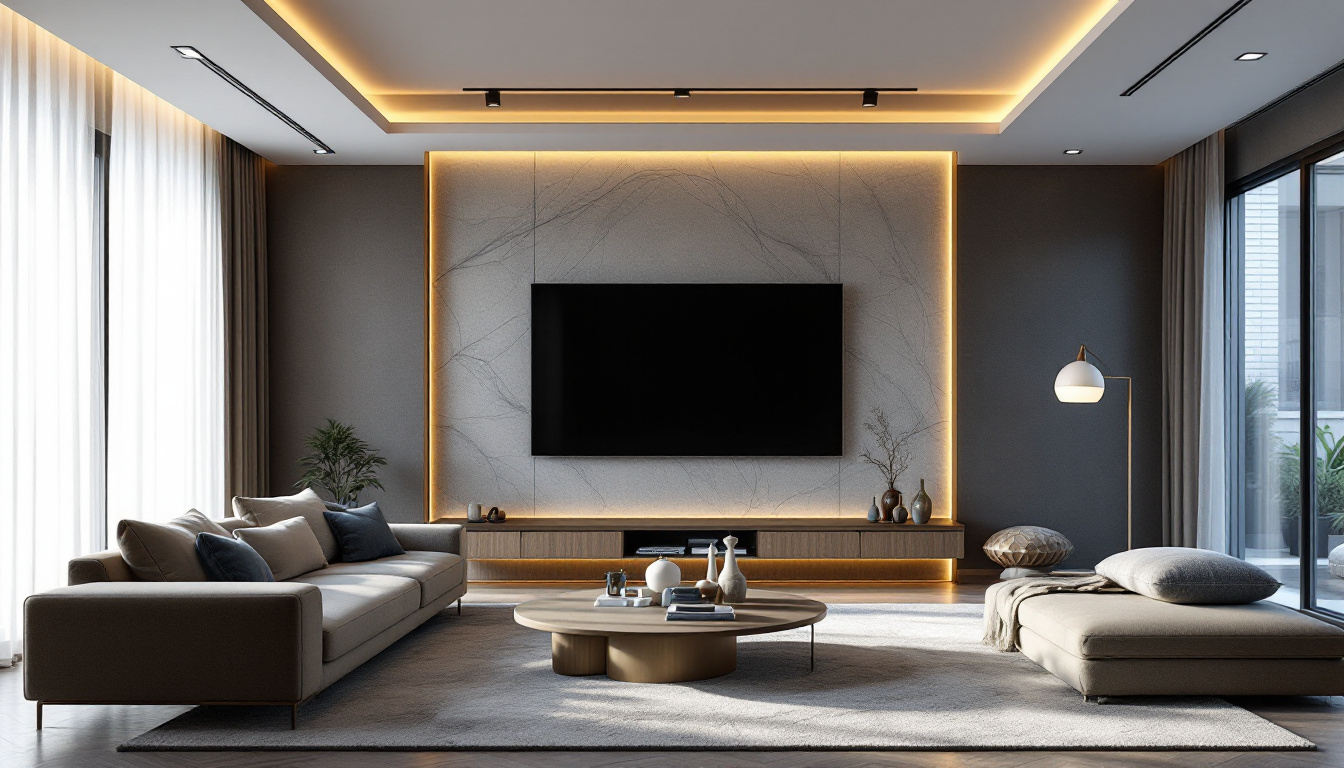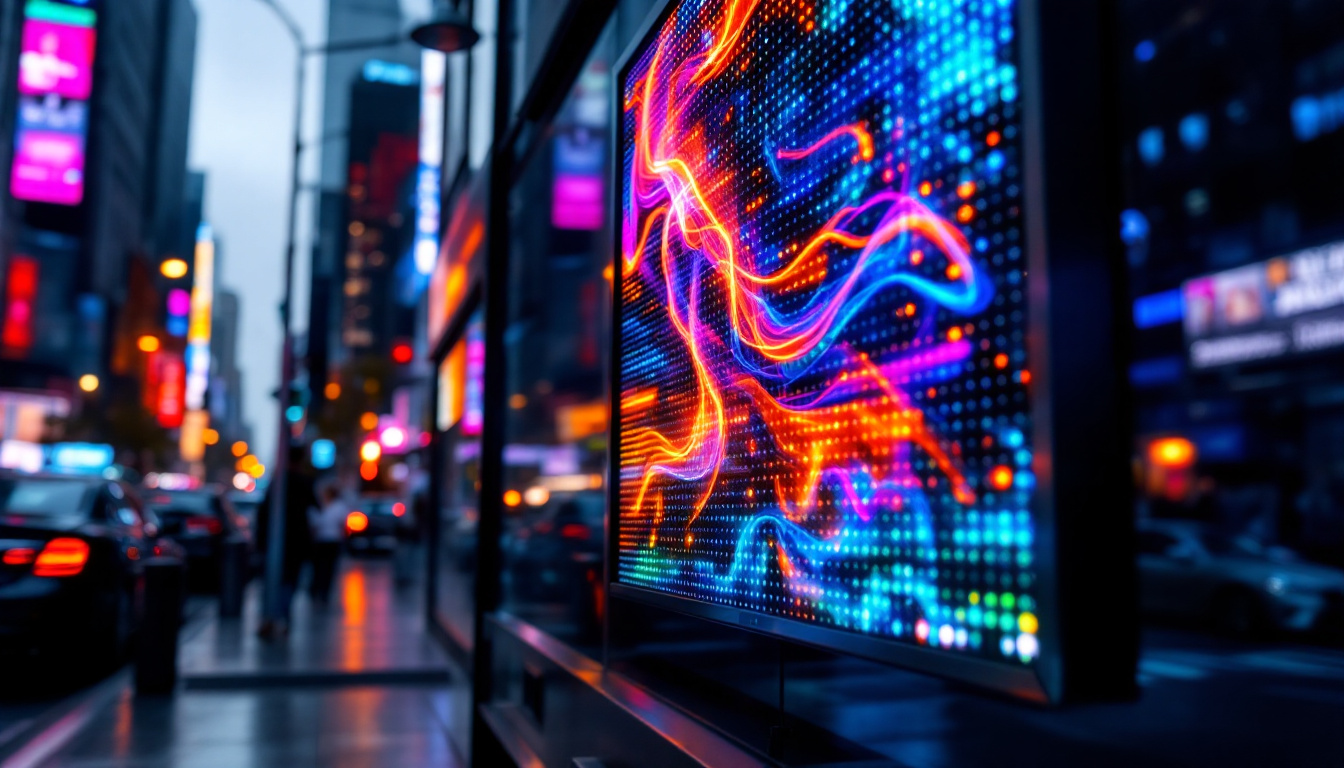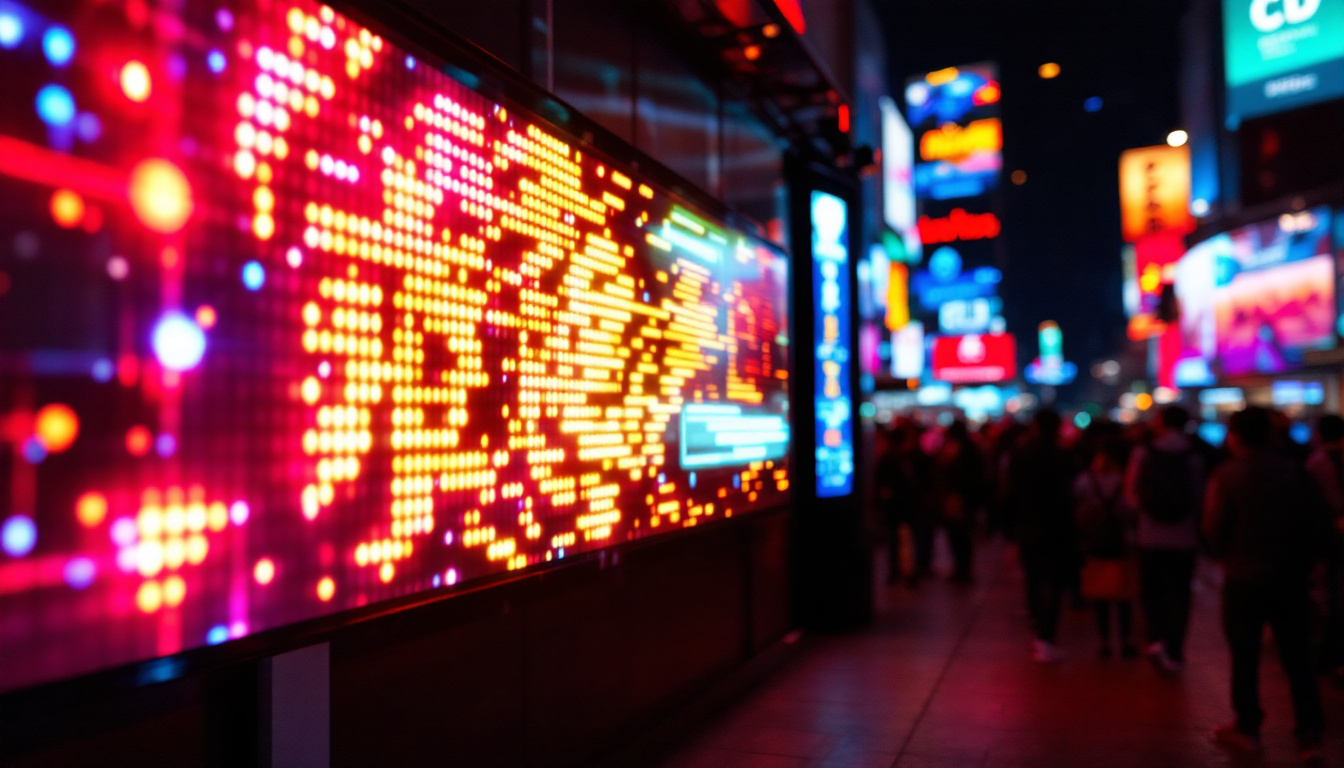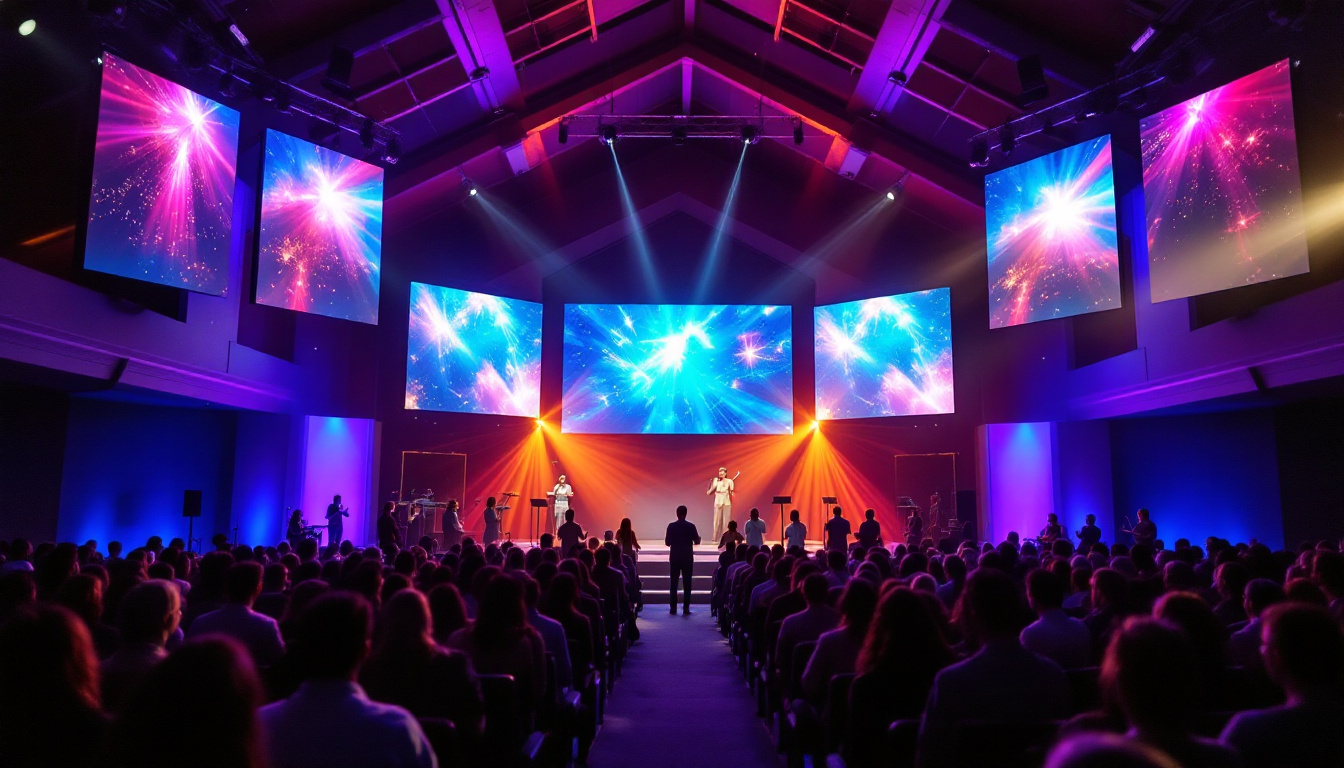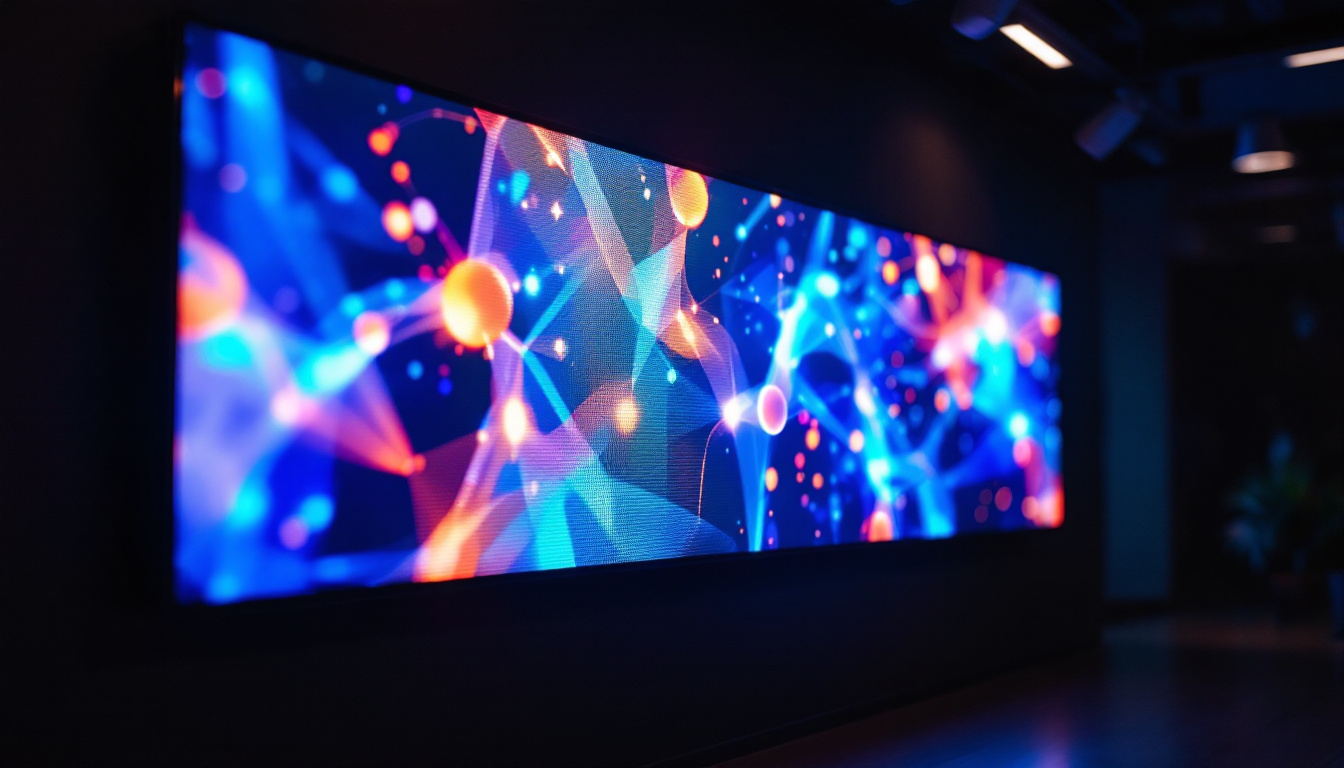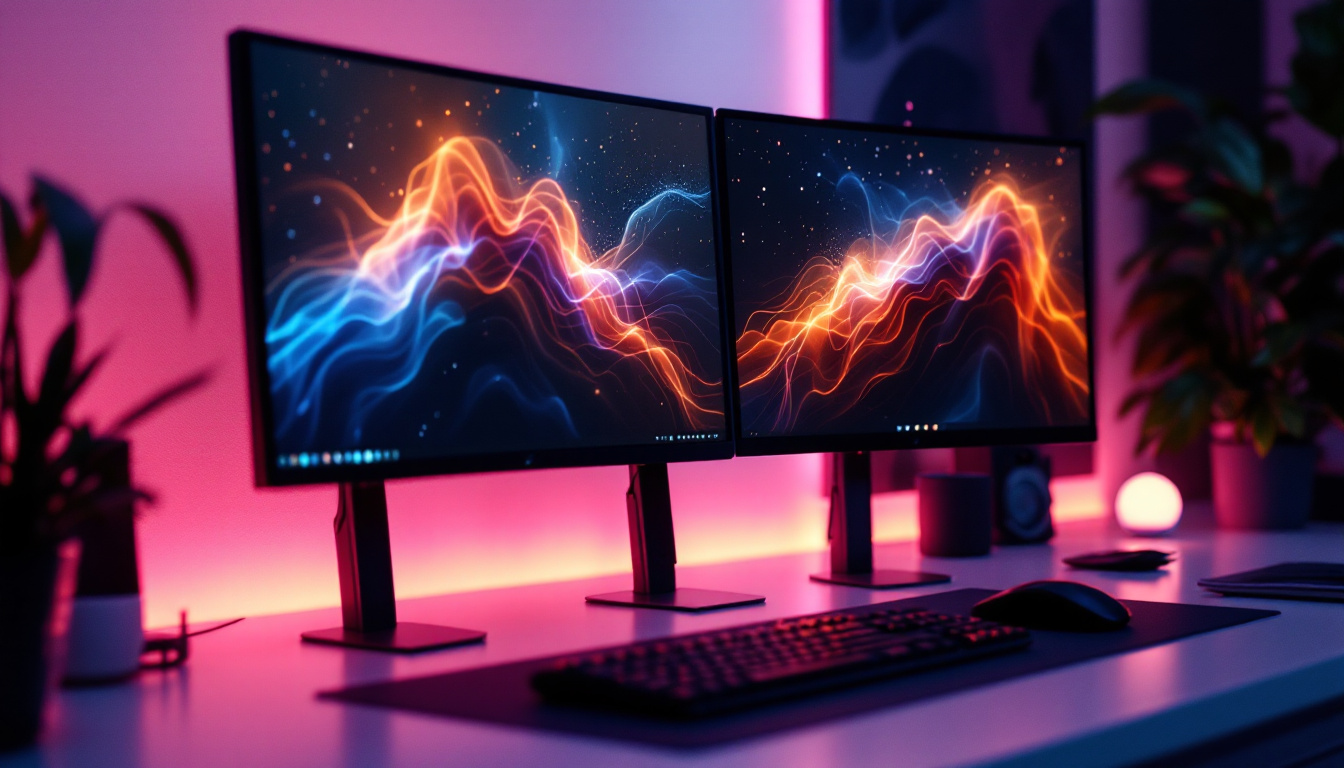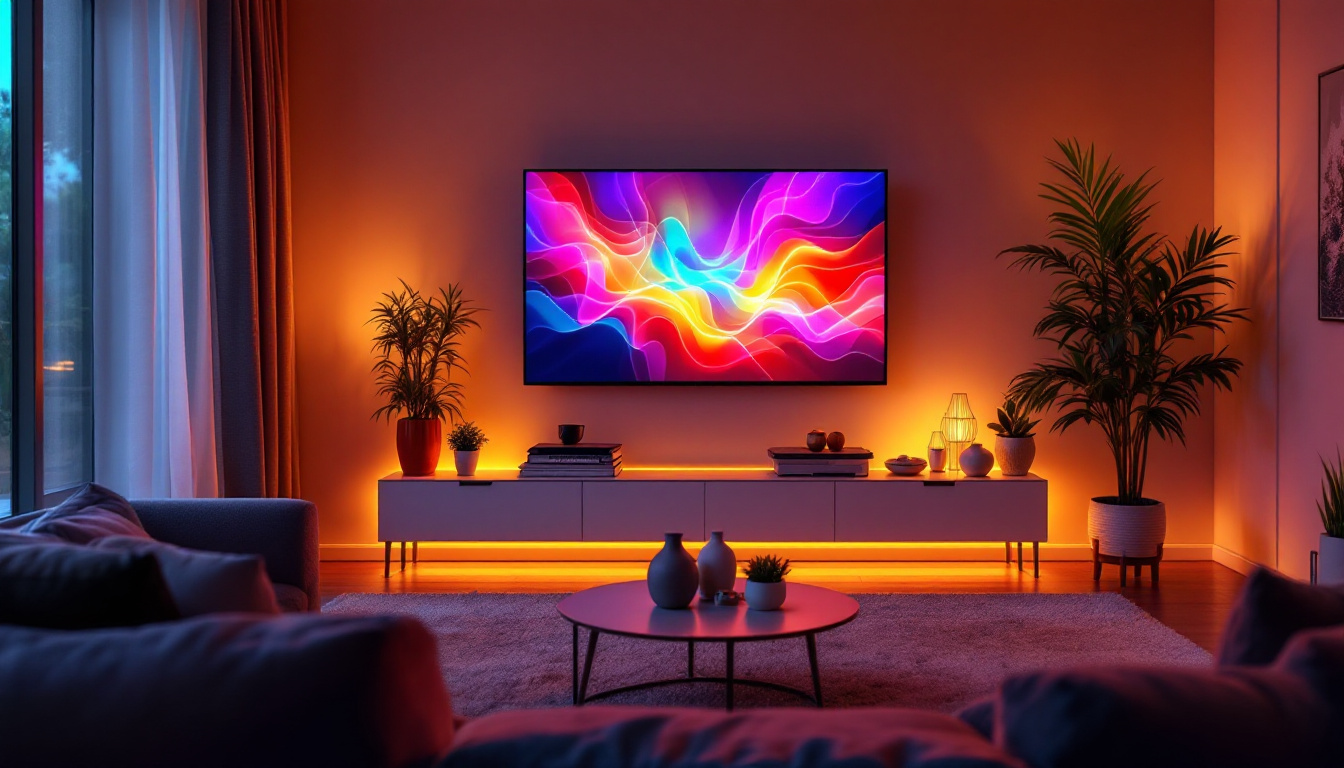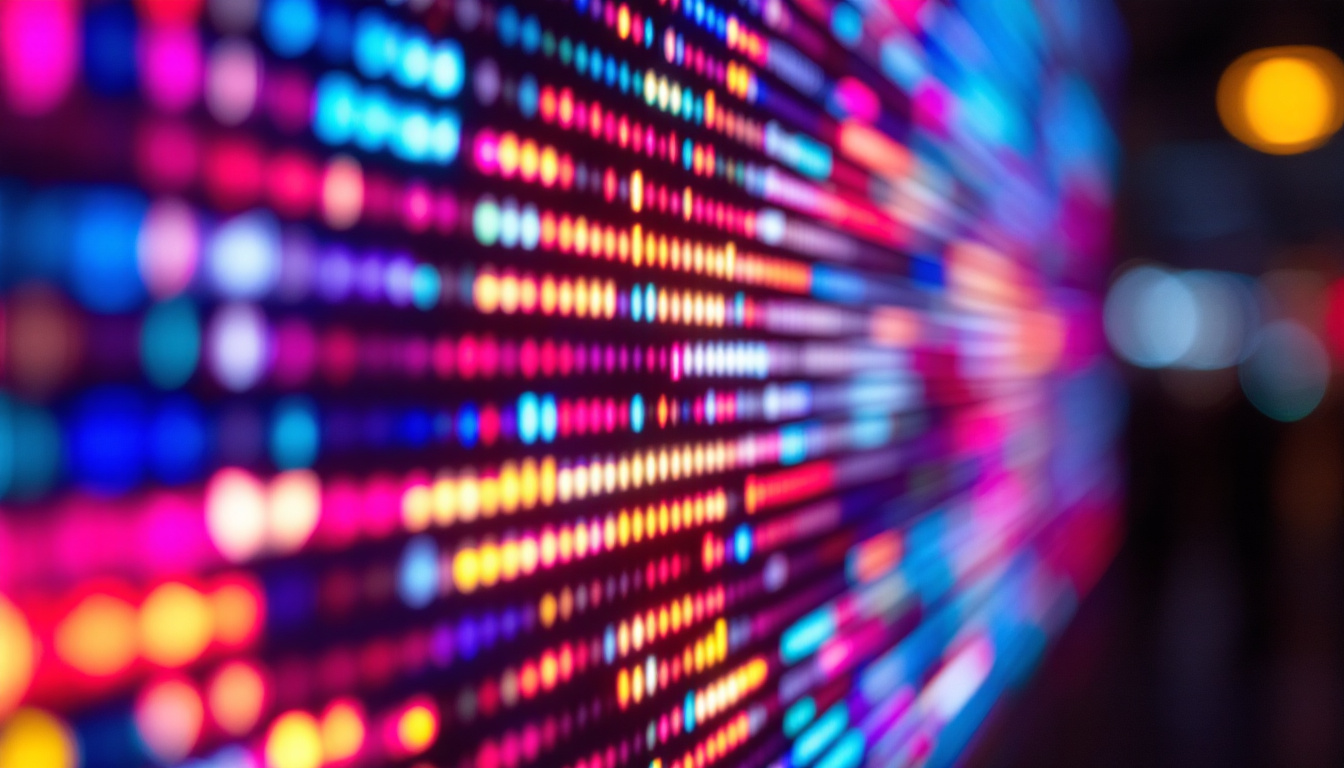In today’s technology-driven world, understanding measurements and conversions is essential, especially when dealing with electronic devices like LED displays. One common conversion that often arises is from centimeters to inches. This article will delve into the specifics of converting 2.6 cm to inches, while also exploring the intricacies of LED displays and their significance in various applications.
Understanding the Conversion: Centimeters to Inches
Before diving into the specifics of LED displays, it is crucial to grasp how to convert centimeters to inches. The relationship between these two units of measurement is straightforward, as one inch is equivalent to 2.54 centimeters. Therefore, to convert centimeters to inches, one can use the formula:
Inches = Centimeters ÷ 2.54
Calculating 2.6 Centimeters in Inches
Using the formula mentioned above, converting 2.6 cm to inches is a simple calculation. By dividing 2.6 by 2.54, the result is approximately 1.02 inches. This conversion is not only useful for understanding the size of objects but also plays a vital role in various fields such as design, manufacturing, and technology.
Practical Applications of Measurement Conversions
Measurement conversions are crucial in numerous applications. For instance, in interior design, knowing the dimensions of furniture in both centimeters and inches can help in making informed decisions about space utilization. Similarly, in the manufacturing sector, accurate measurements ensure that components fit together seamlessly, thereby enhancing product quality.
In the realm of technology, especially with devices like LED displays, understanding size specifications in both metric and imperial units is essential for compatibility and usability. This understanding aids consumers in selecting the right products for their needs. Additionally, in the field of fashion, designers often need to convert measurements to create garments that fit well across different markets, where sizing standards may vary. The ability to convert centimeters to inches allows for precise tailoring and ensures that clothing meets the expectations of consumers in various regions.
Furthermore, in the realm of scientific research, accurate conversions are vital when collaborating internationally. Researchers often publish their findings in different countries, and ensuring that measurements are understood universally can facilitate better communication and collaboration. Whether it’s in the lab or in the field, the ability to convert between metric and imperial systems can significantly impact the accuracy of data collection and analysis, ultimately leading to more reliable results.
Introduction to LED Displays
LED (Light Emitting Diode) displays have revolutionized the way information is presented, from televisions to digital signage. These displays are known for their vibrant colors, energy efficiency, and longevity. Understanding the technology behind LED displays can enhance appreciation for their applications in everyday life.
How LED Displays Work
At the core of an LED display is a matrix of tiny light-emitting diodes. When electricity passes through these diodes, they emit light, which can be combined to create a wide spectrum of colors. The arrangement of these diodes determines the resolution and clarity of the display.
LED displays can be categorized into two main types: direct view and backlit. Direct view displays are composed entirely of LEDs, while backlit displays use LEDs to illuminate an LCD panel. Each type has its advantages, depending on the intended use, such as brightness, contrast, and energy consumption. For instance, direct view LED displays are often used in large outdoor billboards and stadium screens, where high visibility and clarity are paramount. Conversely, backlit displays are commonly found in smartphones and laptops, providing a balance between color accuracy and power efficiency.
Advantages of LED Displays
LED displays offer several advantages over traditional display technologies. One of the most significant benefits is their energy efficiency. LED technology consumes less power than incandescent or fluorescent lighting, making it a more sustainable option.
Additionally, LED displays provide superior brightness and contrast ratios, making them ideal for various environments, including outdoor settings where sunlight can be a challenge. Their durability and long lifespan further enhance their appeal, reducing the need for frequent replacements. Furthermore, LED technology is highly adaptable; it can be used in flexible formats, allowing for creative designs that can fit any space. This adaptability has led to innovative applications, such as curved screens and transparent displays, which are increasingly popular in retail and architectural settings. The ability to create dynamic content that can be easily updated also makes LED displays a favorite for advertising and information dissemination, providing a modern solution for engaging audiences in real-time.
Applications of LED Displays
LED displays are utilized in a myriad of applications, each benefiting from the unique characteristics of this technology. From consumer electronics to large-scale advertising, the versatility of LED displays is evident across various sectors.
Consumer Electronics
In the consumer electronics market, LED displays are commonly found in televisions, computer monitors, and smartphones. The high resolution and color accuracy of LED screens make them popular choices for media consumption, gaming, and professional work.
Smart TVs, for instance, leverage LED technology to provide stunning visuals, enhancing the viewing experience for users. The integration of smart features further elevates their functionality, allowing for streaming and connectivity options. Additionally, advancements in LED technology, such as OLED (Organic Light Emitting Diode) and QLED (Quantum Dot Light Emitting Diode), have pushed the boundaries of display quality, offering deeper blacks, brighter colors, and wider viewing angles. This evolution not only enriches the consumer experience but also caters to the growing demand for immersive entertainment, making LED displays a cornerstone of modern home theater systems.
Advertising and Digital Signage
In the advertising sector, LED displays have become a staple for digital signage. Their ability to showcase dynamic content, such as videos and animations, allows businesses to capture the attention of potential customers effectively.
From billboards to storefront displays, LED technology enables vibrant advertising that can be easily updated to reflect promotions or new products. This adaptability is a significant advantage in a fast-paced market where timely communication is crucial. Furthermore, the interactive capabilities of LED displays, such as touch screens and augmented reality features, are transforming the way brands engage with consumers. By creating immersive experiences, businesses can foster a deeper connection with their audience, ultimately driving sales and brand loyalty. The strategic placement of these displays in high-traffic areas maximizes visibility, making them an essential tool in modern marketing strategies.
Transportation and Public Information Systems
LED displays are also widely used in transportation systems, including airports, train stations, and bus terminals. They provide real-time information about schedules, delays, and other important announcements, ensuring that travelers stay informed.
The clarity and visibility of LED displays make them ideal for high-traffic areas where quick communication is necessary. Their resilience to various weather conditions also makes them suitable for outdoor installations. Moreover, the energy efficiency of LED technology contributes to sustainability efforts in public transportation systems, reducing operational costs while minimizing environmental impact. In addition to displaying essential travel information, LED screens can also be utilized for advertising and public service announcements, creating a multifunctional platform that serves both travelers and advertisers alike. As cities continue to grow and evolve, the role of LED displays in enhancing public infrastructure and communication will undoubtedly expand, paving the way for smarter urban environments.
Choosing the Right LED Display
When selecting an LED display, several factors should be considered to ensure it meets specific needs. Understanding these factors can help in making an informed decision, whether for personal use or business applications.
Resolution and Size
The resolution of an LED display is a critical factor that affects image quality. Higher resolutions result in sharper images, making them ideal for detailed content such as graphics and videos. Additionally, the size of the display should be chosen based on the viewing distance and the intended use.
For instance, larger displays are suitable for public spaces where viewers are at a distance, while smaller screens may suffice for personal use or close-range viewing. Understanding the environment and audience is key to selecting the appropriate size and resolution.
Brightness and Contrast
Brightness is another essential consideration, particularly for outdoor displays. The brightness level, measured in nits, determines how well the display can be seen in various lighting conditions. A higher brightness level is crucial for outdoor advertising to ensure visibility in direct sunlight.
Contrast ratio, which measures the difference between the darkest and lightest parts of the display, also plays a significant role in image quality. A higher contrast ratio enhances the overall viewing experience, making images more vibrant and lifelike.
Future Trends in LED Display Technology
The LED display industry is constantly evolving, with new technologies and innovations emerging regularly. Keeping an eye on these trends can provide insights into the future of display technology and its potential applications.
MicroLED Technology
One of the most exciting developments in the LED display sector is MicroLED technology. MicroLED displays utilize tiny individual LEDs to create images, offering several advantages over traditional LED displays, including improved color accuracy, energy efficiency, and flexibility in design.
This technology allows for the creation of ultra-thin and lightweight displays, which can be seamlessly integrated into various applications, from wearable devices to large-scale video walls. As MicroLED technology matures, it is expected to revolutionize the display market.
Flexible and Transparent Displays
Another trend gaining traction is the development of flexible and transparent displays. These displays can be bent or shaped to fit unique applications, opening up new possibilities for design and functionality.
Transparent displays, in particular, have the potential to transform advertising and information dissemination, allowing content to be displayed without obstructing the view behind the screen. This innovation could lead to new ways of engaging consumers in retail environments.
Conclusion
Understanding the conversion from centimeters to inches, particularly in the context of LED displays, is essential for navigating the modern technological landscape. With the ability to convert measurements accurately, individuals can make informed decisions regarding the size and specifications of the devices they choose.
LED displays continue to play a pivotal role in various applications, from consumer electronics to advertising and public information systems. As technology advances, staying informed about the latest trends and innovations will enable users to harness the full potential of LED displays in their respective fields.
In summary, whether converting 2.6 cm to inches or selecting the right LED display for a specific application, knowledge and understanding are key to making the best choices in an ever-evolving technological world.
Discover the Future of Visual Display with LumenMatrix
Ready to take your visual experience to the next level? LumenMatrix is at the forefront of LED display innovation, offering a wide range of solutions that are perfect for any application. Whether you’re looking to enhance your brand visibility with an Indoor LED Wall Display, captivate passersby with an Outdoor LED Wall Display, or create a dynamic environment with a Custom LED Display, LumenMatrix has the technology to bring your vision to life. Don’t just take our word for it; check out LumenMatrix LED Display Solutions today and see how we can transform your space with unparalleled clarity and impact.



